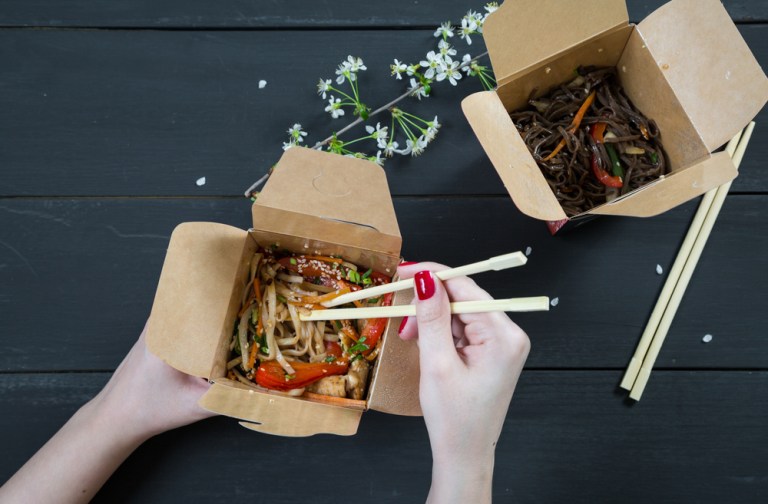
Quick service restaurants are nothing new — they’ve been around since the 1940s in some fashion. But what is new is how companies from Starbucks to Five Guys to McDonald’s have embraced mobile order-ahead offerings. Through this, consumers have gained the ability to take just a bit of control back into their workday by placing an order on their mobile device and eliminating the need to wait in line.
In our new QSR is Changing Series, in partnership with LevelUp, we’ll explore how much QSR has changed based on a variety of new technologies and tools, including mobile payments, native apps, loyalty and gifting, beacon messaging, location finding, customer feedback and engagement and customer relationship management.
In today’s installment, Karen Webster talks with LevelUp’s Product Management Lead, Brendan Quinn, about how QSR has changed over the years, how it’s being used to enhance consumer experiences— and what’s needed to make it successful.
Quinn told Webster that although some aspects of QSR have remained the same, technology has definitely helped shape its evolution. The ability to better serve consumers, faster, has grown significantly over the last 20 to 30 years. But as with any new industry development, there have been a fair share of bumps along the way.
While the early days of QSRs in the 50s and 60s were more focused on front and back of house layout to improve food preparation, today’s environment has since added many components, including headsets for communicating with customers and other team members, credit/debit cards and terminals with digital touchscreens for workers to use to place orders and freestanding kiosks for consumers to do the same.
But as mobile order ahead has taken hold, new challenges and best practices have begun to emerge. Quinn highlights how operational concerns continue to be a key barrier to its successful implementation.
“When you look at some of the companies that have really embraced digital ordering, the ones that have been the most successful, built their store from the ground up to cater to it,” Quinn says.
So, is it fair to assume that restaurants that don’t have order ahead built in from day one will see more friction in the initial setup and execution process?
As with any industry, Quinn remarked, there’s likely to be some initial challenges with the ability for legacy systems to adapt to new products and services.
“Stores that have not handled order ahead, operationally speaking, are going to need to reevaluate their in-store flow,” Quinn says.
For those stores that have not yet implemented order ahead, Quinn said that it’s important to consider the various aspects needed to introduce and carry out mobile ordering with customers. It’s not enough to set up a free-standing kiosk or develop an app for mobile and just expect consumers to change their usage behavior patterns.
“One thing we see is the visibility of the order-ahead / pick-up experience correlates with the amount of customer usage,” he says. “Our clients with the highest adoption have strong in-store signage, employees at the counter educating customers on order ahead and specific segmented marketing promotions for order ahead.”
The next piece of the puzzle for QSRs is to retain those mobile order-ahead customers.
More than just a way for customers to submit orders, Quinn says, each time the consumer interacts with a mobile app, the restaurant gains new insights into what that customer wants — which can help that brand better serve them and improve their own service expectations.
“The average QSR customer’s expectations are changing,” Quinn says. “They expect to be in and out as quick as possible. They’re expecting the level of service to be higher than it was in the past. They have those expectations because of what mobile tech has enabled for them in other aspects of what they do.”
And that, Quinn says, means that that QSR must adjust their mobile order-ahead process to reflect this consumer mindset.
“Changing consumers’ mindset mostly falls on the user-interface portion of the experience,” Quinn says. “The thing that the customer is directly interacting with needs to set proper expectations when the customer goes to place an order.”
One reason, he said, that LevelUp puts such an emphasis on retention is so that brands can maximize their chances of delivering a successful experience.
“We see a variety of experiences across our clients, depending on how they’re promoting the app and what the app’s focus is on,” Quinn says. “Across clients, we focus on retention via repeat use of the order-ahead experience. We see the highest retention in our apps that have an excellent order-ahead experience, both in-app and in-store.”
Quinn said that the QSR business can be optimized for order ahead, but if the app experience isn’t there, customers won’t use it. He warned that while store operations are important, that’s only half the battle.